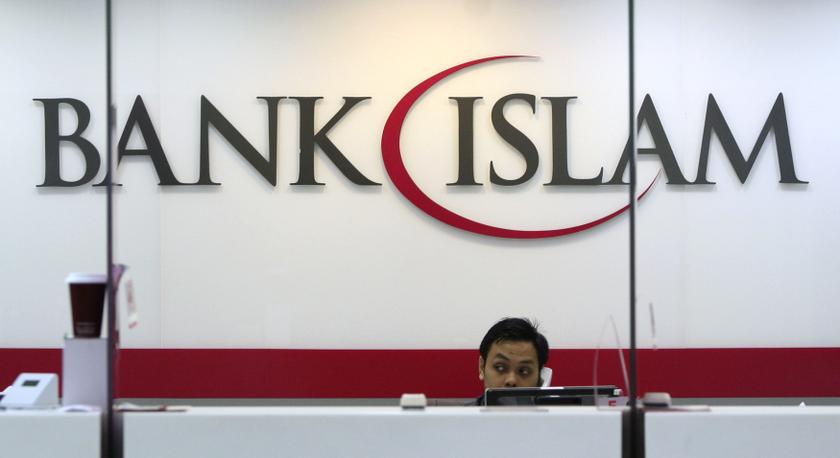KUALA LUMPUR, March 30 — RAM Rating Services Bhd (RAM Ratings) has maintained a stable outlook on the Malaysian Islamic banking sector on account of the industry’s sturdy fundamentals.
However, the credit rating agency cautioned that Islamic banks would face heightened uncertainties and challenges in the still-evolving economic landscape with the rapid spread of the Covid-19 pandemic and its far-reaching effects on the domestic and global economy, it said in a statement here.
“Taking into account our expectation of a steep moderation of economic growth, the financing growth of Islamic banks is expected to decline to below 5 per cent in fiscal 2020, from 8.3 per cent in 2019,” explained RAM Ratings Co-Head of Financial Institution Ratings, Sophia Lee.
Islamic banks’ asset quality remains healthy although it’s gross impaired financing (GIF) ratio edged up to 1.4 per cent as at end-December 2019 (end-December 2018: 1.3 per cent) due to a couple of lumpy corporate accounts.
“The reported asset quality indicators of Islamic banks should stay manageable in 2020, chiefly supported by the recent financial relief measures initiated by Bank Negara Malaysia (BNM) in response to the outbreak,” said RAM Ratings.
That said, these indicators may not be reflective of the actual credit quality of the Islamic banking system.
Meanwhile, liquidity of Islamic banks is still comfortable, with the industry’s liquidity coverage ratio (LCR) clocking in at 151 per cent as at end-January 2020.
As part of the regulatory relief measures, banks are allowed to operate below the minimum LCR threshold of 100 per cent given the reduction in cash flow during the moratorium period.
“We foresee headwinds to earnings, given further margin pressure subsequent to the twin OPR cuts in early 2020 and higher credit costs expected going forward. Islamic banks continued to boast healthy financing-loss buffers, as reflected in the system’s strong common equity tier-1 capital ratio of 13.6 per cent as at end-January 2020,” it added.
In addition, the GIF coverage ratio (including regulatory reserves) of the sector was a sturdy 116 per cent as at end-September 2019. — Bernama






















